 Americans continue to struggle with the idea of a public good, a “res publica,” in their national forests. We struggle in terms of both purpose of the national forests and how to best manage them. Herein we will contrast two different views of ‘national forests: for whom and for what.’ The first view comes from Dave Skinner, in a recent op-ed titled Impossible Dreams at the Flathead Beacon. The second view is mine, as aired here at the New Century of Forest Planning.
Americans continue to struggle with the idea of a public good, a “res publica,” in their national forests. We struggle in terms of both purpose of the national forests and how to best manage them. Herein we will contrast two different views of ‘national forests: for whom and for what.’ The first view comes from Dave Skinner, in a recent op-ed titled Impossible Dreams at the Flathead Beacon. The second view is mine, as aired here at the New Century of Forest Planning.
As I read through Dave Skinner’s “Impossible Dreams,” I reminded myself of just how diverse our worldviews are. Skinner views the world in a crass form of utilitarianism where forests are to be used for products and human pleasures: logs to flow freely to mills to make things, but also to generate monies to be returned to the treasury. Other ‘multiple use’ products flow freely too: oil and gas, minerals, red meat, and more. Roads are for human travel and to ‘manage’ the forests, recreation is for fun and, incidentally to be free, in part subsidized by timber and other products from the forests. [Note: The “to be free” tidbit is not in Skinner’s article, but is clearly what Skinner preaches elsewhere. Note further that I too share the idea of recreation for free outside certain improved sites. I also support commodity and service production from the national forests, but in a frame much more constrained than does Skinner.] Skinner makes no mention of environmental services, no mention of wildlife sanctuaries, no mention of sanctuaries for the human spirit. This is Skinner’s near-possible dream: that people might warm up to the idea that national forests ought to be managed for the version of multiple use embodied in the Multiple Use — Sustained Yield Act of 1960 (MUSY). MUSY predated the spate of environmental laws the were ushered in a mere decade later, following an upwelling of outrage at the wanton disregard for ‘caring for the earth’ that led to the passage of many US environmental laws and led to the celebration of Earth Day as a reminder of what damage we have done to our home—and as a reminder that we must now do better. These “US environmental laws” laws include the National Environmental Policy Act of 1969, the Wilderness Act of 1964, the Endangered Species Act of 1973, the Clean Air and Water Acts, and more. Skinner’s “impossible dream” is that the national forests would be better managed in the tradition of state trust lands, echoing Robert Nelson’s similar push to Free America from Her Public Lands.
I too have an impossible dream. A dream that the Forest Service will finally take Aldo Leopold seriously, and move management toward the ideal that people become part of the “land community,” not overlords of the wild, neither zoo-keepers of the wildlife and garden-tenders of the forest. My dream is also that the Forest Service work up this dream hand in hand with the American people, through the Art and Promise of Adaptive Governance, helping lead America toward sustainability and ecological resilience/restoration. I suspect the Forest Service harbors a similar dream, although I don’t believe that they share my path toward that dream.
Here is a condensed version of Skinner’s Impossible Dreams, Flathead Beacon, 4/11/2012:
Golly gee, yet another U.S. Forest Service project has been blocked in court, [by environmental extremists]. …
Yet again, I found myself “thanking” Congress for writing laws enabling a handful of misanthropic kooks to utterly waste the labors of hundreds of professional, professionally paid public employees. ..
Um, what’s it called when you do the same things over and over and expect different results? Crazy!
Utah’s government is trying something different. On March 23, Utah passed House Bill 148 into law, demanding the Feds transfer title to public lands … by the end of 2014. … Arizona … passed a nearly identical bill (SB 1332) through their Senate, but it died (for now) in Arizona’s House Rules committee. The bill sponsor … told the Arizona Republic he spearheaded the legislation because “in the last 30 years, the radical environmental policies of these federal agencies have ground [resource] industries to a halt ….”
Now, it’s constitutionally impossible to force such a transfer. But — what if a bunch of states followed Utah’s lead, and Congress went along?
In attacking [the] bill, Arizona Sierra Clubber Sandy Bahr rhetorically asked, “How in the world do they [states] think they could manage these federal public lands?”
Turns out the states (and tribes) already do a better job: Oregon State University forest engineering professor John Sessions has studied the comparative costs of forest management under various ownerships (federal, tribal, state, and private). Dr. Sessions found that, in post-spotted-owl Washington and Oregon, annual management budgets across ownerships were roughly comparable.
But when based on timber sold (which pays for management, imagine that), Indian forests harvested a thousand board feet for every $92 of budget. Private and state operators were in the $102-$107 range, with the Forest Service at a ridiculous $1,296. At the time (2001), wood stumpage in the region ran $150-$300 a thousand, putting USFS costs at four to eight times revenues — a loss carried by taxpayers. Other forests supported themselves.
Sessions’ pattern seems to hold for Montana, too. Both state and tribal forest management programs in Montana, operated under state or tribal laws and regulations, are fiscally self-supporting. More important, they are good, even excellent, forestry. …
If [the Flathead National Forest] could sell its plan maximum (50 million feet), meeting FNF expenses with revenues is an impossible dream — a dream doomed to remain impossible as long as these lands are “managed” by federal employees under federal law applied in federal courts.
So, while Greens like Ms. Bahr are doing everything possible to portray legislation such as Utah’s as impossible, even crazy – the current federal land management regime is no less crazy.
Congress should seriously consider allowing states (and tribes) so inclined to have a go at managing these lands — if they succeed, they keep the land. ….
For those not familiar with Skinner’s narrow, antiquated views and exhortations on this and other multiple use matters, neither with the legacy of plunder associated with both the Forest Service’s multiple use timber management of the 1960s and 1970s, I simply ask you to ponder a few good books, including Paul Hirt’s A Conspiracy of Optimism: Management of the National Forests since World War Two and Richard W. Behan’s Plundered Promise: Capitalism, Politics, and the Fate of the Federal Lands. David Clary’s Timber and the Forest Service is also useful to get a flavor of the religious zeal that drove Forest Service timber management back in the go-go years.
As to what Skinner calls “excellent forestry” on the state trust lands, all I can say is that ‘trusts’ are a good way to raise money from land. As to biodiversity conservation, ecosystems services for clean air and water, aesthetic considerations, wilderness, and other uses and values not amenable to commodification, I believe other avenues for forest management offer much better solutions to the res publica idea of national forests, parks, and monuments.
The jury is out as to what we want for our national forests in this emerging century. Somehow I don’t believe that “we,” the American people, really want to take the ‘forest land trust’ path, back toward those ‘thrilling days of yesteryear’. As for me, I’ll continue to support the Forest Service’s move toward Leopold’s philosophy/practice. And I’ll continue to champion public engagement in the process when done legally, and with and eye toward fairness.
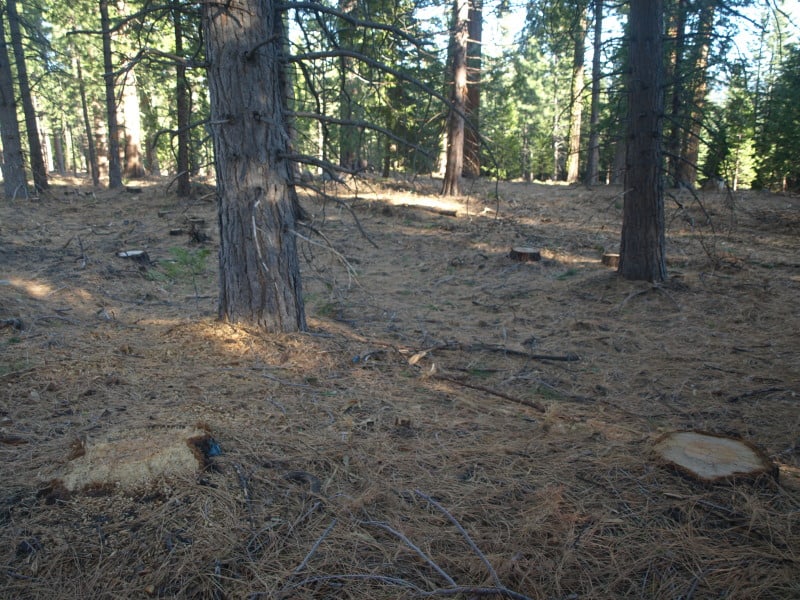
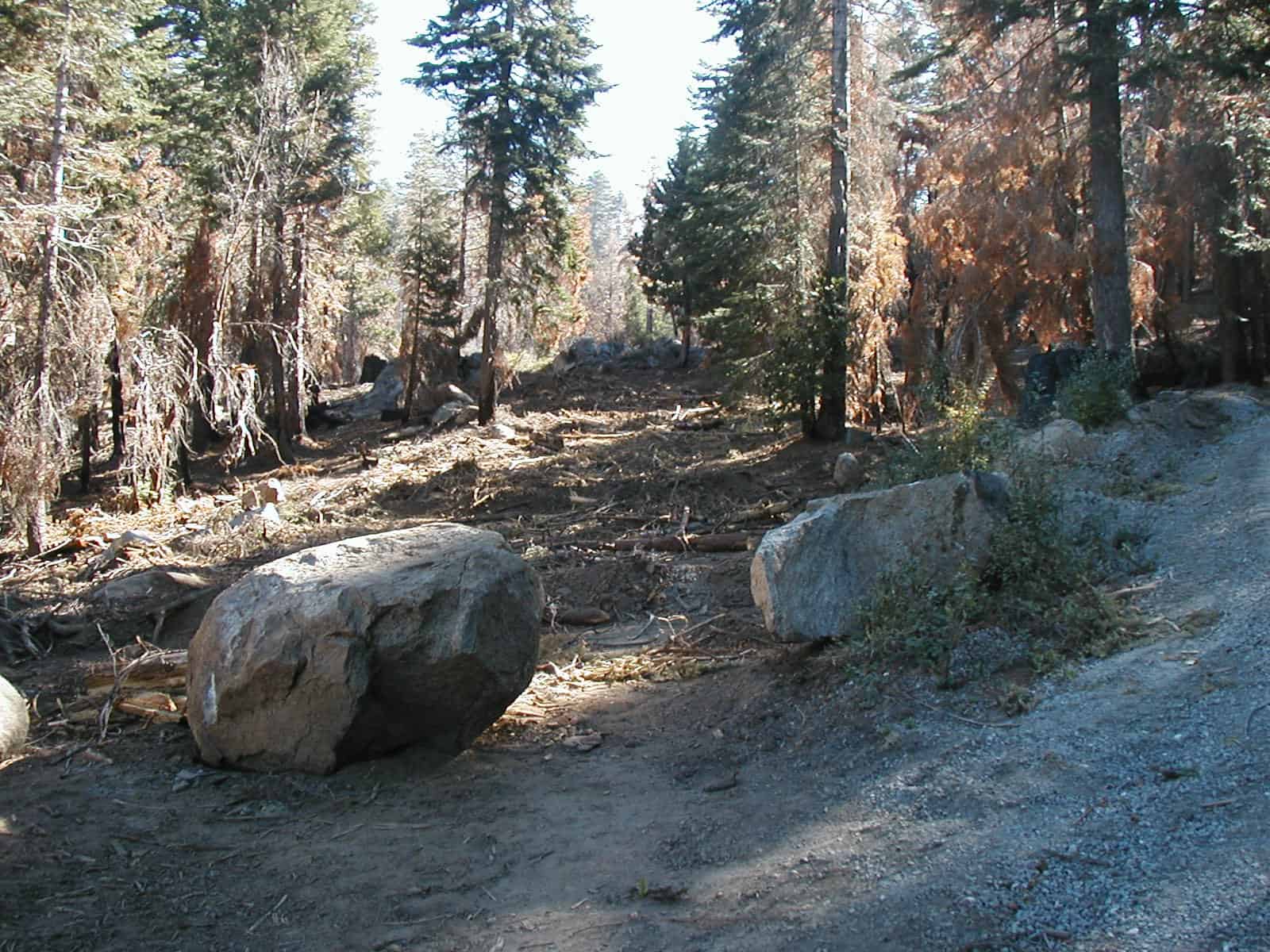
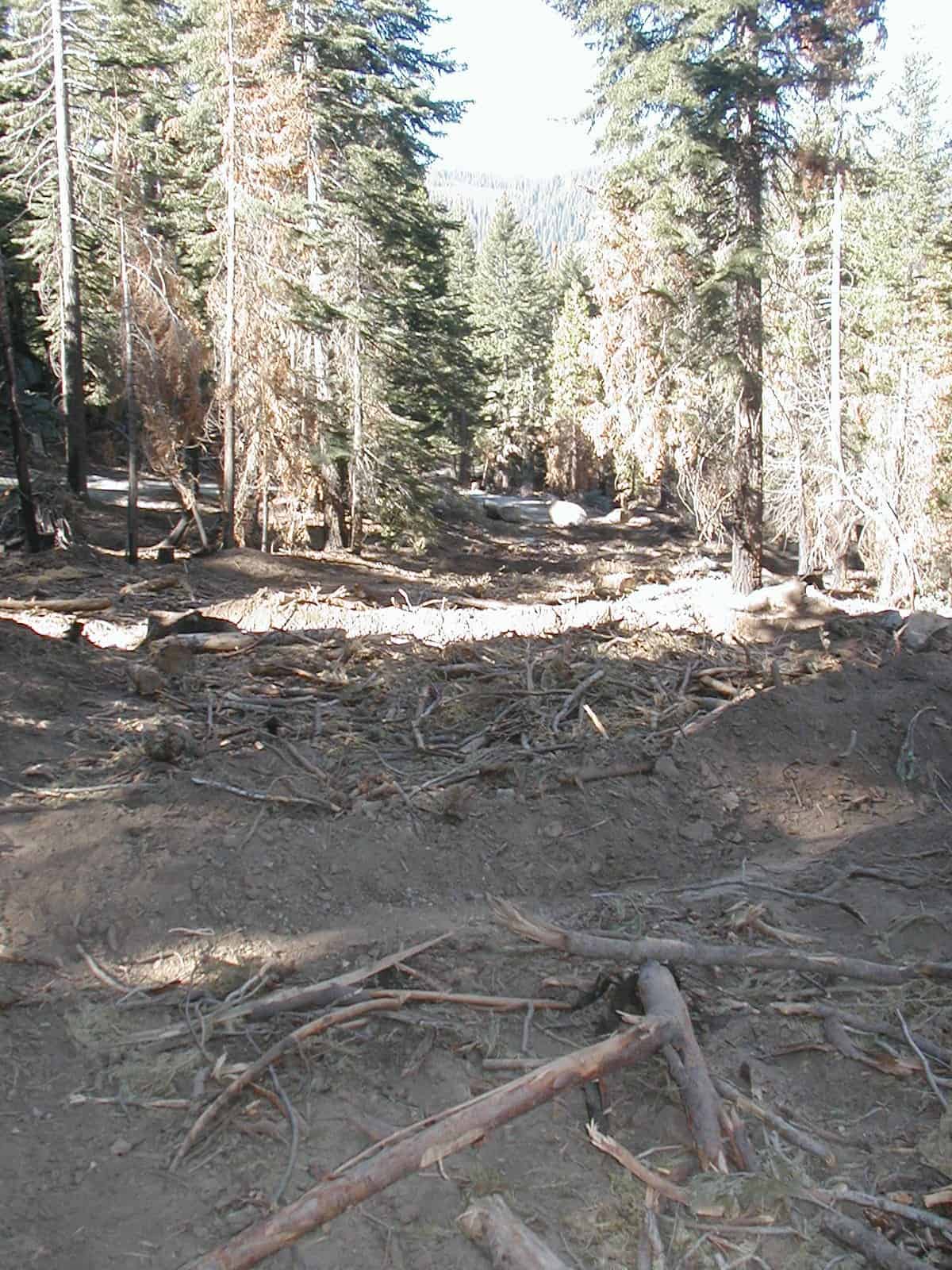

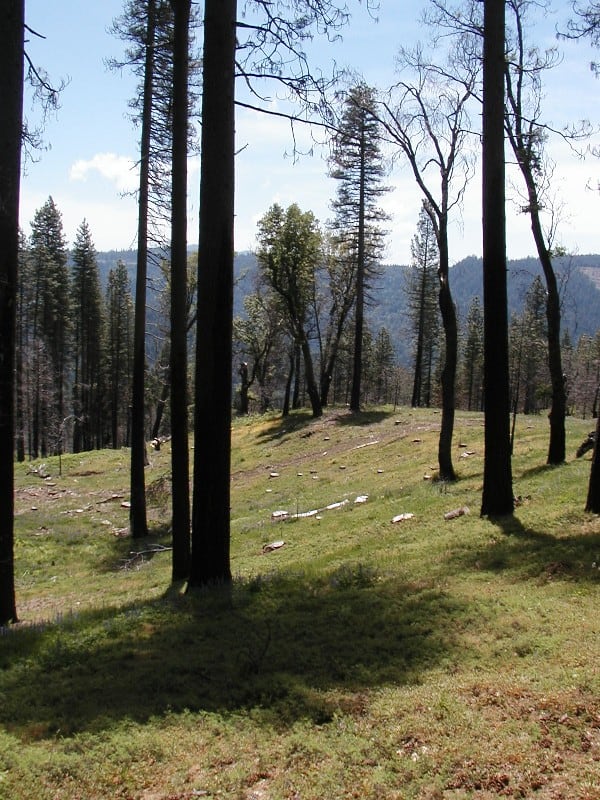
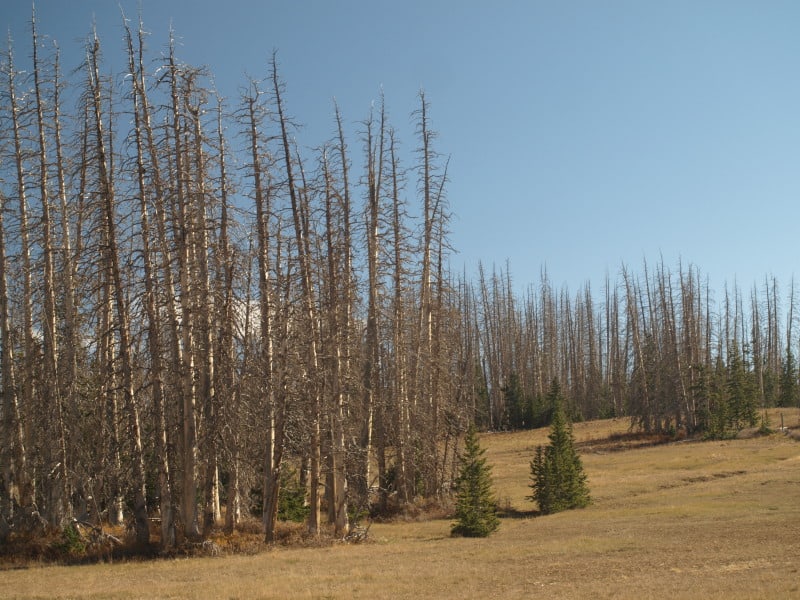
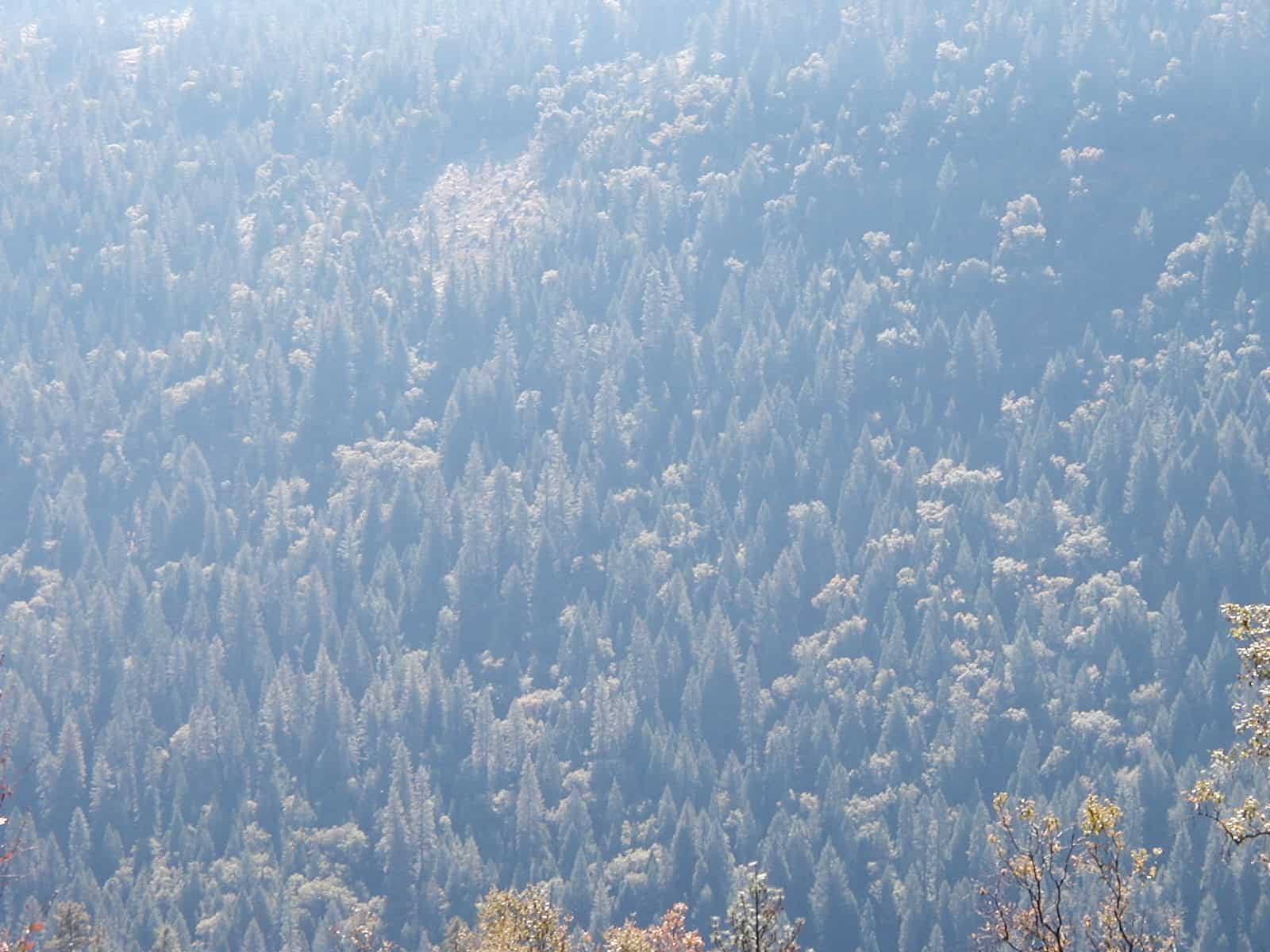
 Americans continue to struggle with the idea of a public good, a “
Americans continue to struggle with the idea of a public good, a “